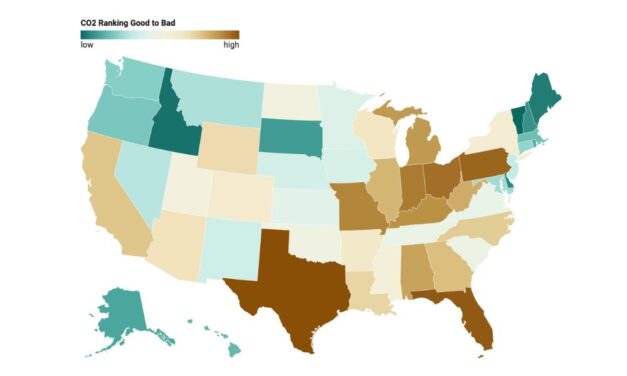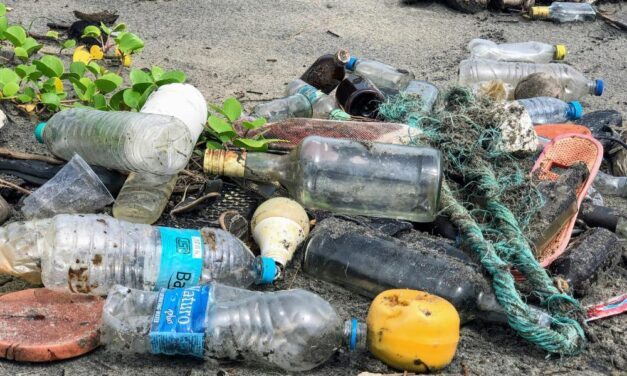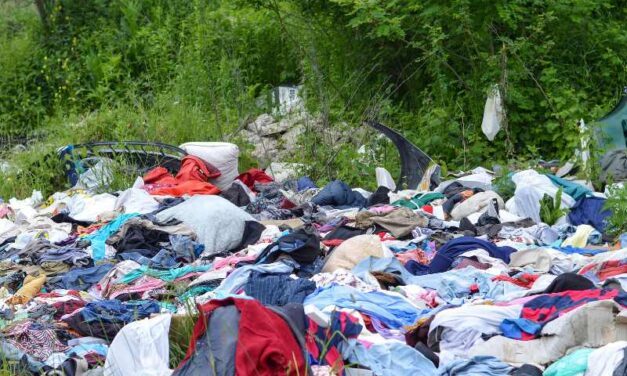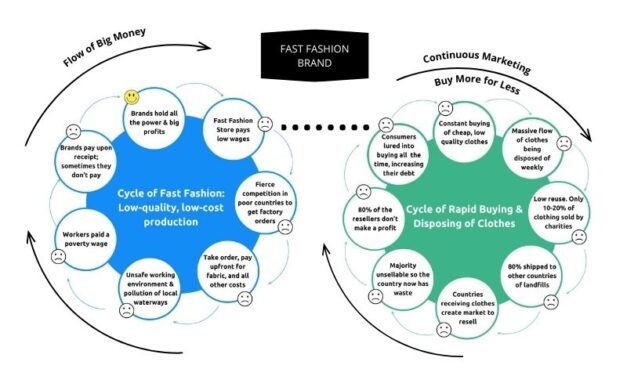Tag: Pollution
How Healthy Is Your State? Data Insights on Five Climate Issues
Planet Earth is warming at an alarming rate. Discover how your state ranks nationally on five key climate detractors with our data insights.
Read MoreHow Microplastics Devastate Health, Disrupt Ecosystems, and Threaten Biodiversity
Learn more about our plastic predicament and how harmful microplastics have become pervasive in the air, the water, and in the foods we eat.
Read MoreOur Dark Skies are Brighter Than Ever and That’s a Problem
Studies show how vital dark skies are to the health of our ecology. Artificial light pollution and energy waste adversely affect our health.
Read MoreFast Fashion is the Environmental Nightmare We Can’t Ignore
The fashion industry has a complex supply chain, with each step having a negative impact. It’s an environmental nightmare we can’t ignore.
Read MoreBreak the Cycle of Fast Fashion and Change the World
Fast Fashion makes large profits for the brand companies while exploring the people and places, driving consumerism, and harming our planet.
Read More










